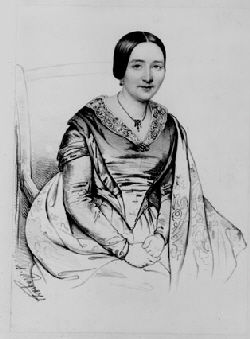
200 Years Müller & Gräff
Excerpt from the companies commemorative publication - Prof. Dr. Willi A. Boelcke
When the two bookbinder masters Philipp Friedrich Müller (1771-1844) and Gerhard Gräff (1774-1825), related by marriage, in 1802 openend a bookbindery and lending library with the company name "Müller & Gräff" in their house in Karlsruhe, Zähringer Straße 96, their business was apparently founded under a good star. Their appreciation as a court bookbinder followed already 1808. Already in the year after business start, the company enlarged itself to a bookstore.
School children and christian civil circles from the grammar school and the secondary school opposite of the store, represented the main customers for the young bookstore Müller & Gräff. Sale and binding formed the leading column of the business. The frequentation of the retained reading and lending library showed that a larger readership at that time couldn't do the acquisition of books. The book was still proportionally expensive because of low sales in Germany, thus, about decades, it couldn't be bought by wide layers of the people.
During the hard crisis of economy, state and society, Karl Hermann (1815-1850), son of Gerhard Gräff, beared the burden of the responsibility for the company between 1844 and 1850. After his early death his wife Luise Gräff, born Peter, took over the leadership of the enterprise from her underage son with much dexterity and great energy. In addition, she was highly respected for her social engagement (among others in the women association) in Karlsruhe, a town of meanwhile
nearly 25,000 inhabitants.
She won confidence of the grand duchess Luise, prussian princess, later daughter of Kaiser Wilhelms I and married since 1856 to grand duke Friedrich. Luise Gräff sent her son, the future head of the company, for teaching to Switzerland, where he thoroughly learned the book trade at K. F. Steinheil in Biel and in Detleff's bookstore in Basel.

Wilhelm Gräff (1842-1920) took over the business 1866 from his mother (+1894). Luise left a bookstore to her son which satisfied most modern claims at that time.
In 1870 in Karlsruhe a new scholar quarter formed between Stephanienstraße and the Hardtwald near the academy of arts. Wilhelm Gräff immediately opened a branch office at the corner Seminar- and Bismarckstraße, an ideal location for book trade and thus secured existing strong demands of the clients of the schools and technological highschools for the company.
House and garden developed into a meeting place of the Karlsruhe intellectual elite. A second branch office temporarily existed at the Kaiserplatz. Wilhelm Gräff sold the house of the founders generation in Zähringerstraße after the death of its mother in order to move the main business to downtown of Karlsruhe within the long lane (today: Kaiserstraße) in close embarrassment to market and city hall.
From the pupil's perspective of the later people's writer Emil Frommel (1828-1896), Wilhelm Gräff appeared as a virtually classic school book seller. Other contemporaries appreciated him as a man always engaged for country and people in daily lifeand profession, saw him as co-founders of the Baden Black Forest organization and the Karlsruher Section of the German Austrian Alpine Association.
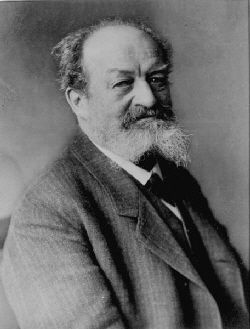
Already in 1913 Wilhelm Gräff submitted the company to his son Armin Gräff (1884-1954). Armin Gräff received in 1904
an assistant testimony "as an honorable, fit and qualified bookseller" from the J.C. Hinrichschen bookstore in the commercial center of books in Leipzig. Then he practiced in Turin and in Switzerland, took long journeys which led him too to Africa and finally entered the parental business in 1906.
Armin Gräff managed to build up a completely new weight and reputation for the company with the establishment of the antiquarian part of the bookshop.
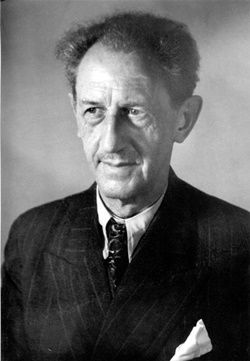
Times kept hard for Arnim Gräff. Since the November Revolution in 1918 a bunch of events lead to the decline of
Karsruhe, the capital of the country Baden.
Nethertheless Karlsruhe succeeded as an academic city during the Weimarer Republik and together with the vicinity to Mannheim as a center for exhibitions actually developed to the most important center of the art in Baden.
Armin Gräff decided to transfer the companies seat to Stuttgart, metropole city of Würtemberg and the city of books, with 375.000 inhabitants considerably larger than Karlsruhe. There he had numerous communications with the important personage of Stuttgart. Finally he sold his house at the marketplace in Karlsruhe and placed the bookshop into the Kaiserstraße opposite to the main post office. The antiquarian store then passed to Stuttgart in the Lange Straße 6 and became the new companies main residence.
In 1931, a year of hard crisis, Armin Gräff sold all his bookshops in Karlsruhe close to the main post office, in
Seminarstraße and too those in Durlach.
Particularily the results of auctions for the huge libraries by Müller & Gräff in Stuttgart showed a permanent and distinct bibliophilic interest. A striking success was achieved on the auctions of extensive libraries of the lawyer Leopold Hirschberg
on 5. Mai 1931 within Hotel "König von Württemberg", later auctions of valuable collections of the evangelic theologist and historian Hans von Schubert (1859-1931), then of the Heidelberger historian of arts Karl Neumann (1860-1934) and the historian of literature and genealogist Hanns Wolfgang Rath (1880-1934), among them large stocks of Mörike and the
svabian poetry circle.
Later catalogues offered the noteworthy and valuable book collections of the director of the general main archiv of Baden, Dr. Karl Obser (1860-1945) and of the historian of literature Rudolf Krauß (1861-1944).
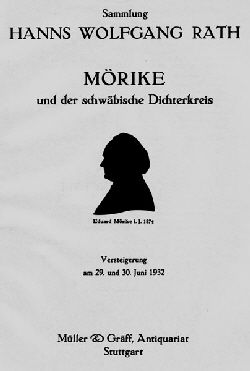
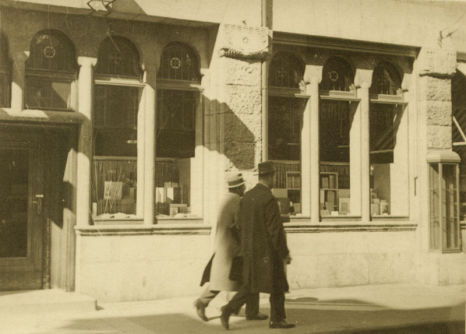
Due to the beginning of world war II the edition of the highly demanded catalogues of antiquarian books was suspended
with the No. 57. The regular edition was resumed in 1949.
Within Juli 1944, directly after the attempt upon Hitler, Stuttgart suffered from heavy bombardements by the britain and american air forces which left heavy destructions and ruins throughout and particularily within the historical center of Stuttgart. Home and company survived the conflagrations and could be saved for a first time in march 1944 due to a quick and engaged intervention of the fire brigades.
Armin Gräff died after a serious operation 1954 in Karlsruhe. The "Börsenblatt" described him as a spritual and musical man of deep religiocity, who had suffered hard from the loss of his two suns in world war II as well as from the total bombardement of his house in Bismarckstraße.
Bertold Gräff (geb. 1924), son of Armin Gräff returned home from war imprisonment on chrismas 1947. He entered the company of his ancestors soon after as apprentice, took over leadership of the company after the death of his father in 1954 and kept it until 1996. He mastered the challenge to adapt the company to the new market conditions after the difficult years of world war.
Part of his efforts were the strongly augmented concentration towords antiquarian books and the establishment of a new section for ancient graphics, which he built up with his wife Ilse Gräff and which then presented one of the largest departments within the south german area.
Too during this time the acquisition of the library of the manor-house of Hohenlohen in Niederstetten, the so called "Bibliothek Haltenbergstetten", took place.
Bertold Gräff died on Good Friday 2003.
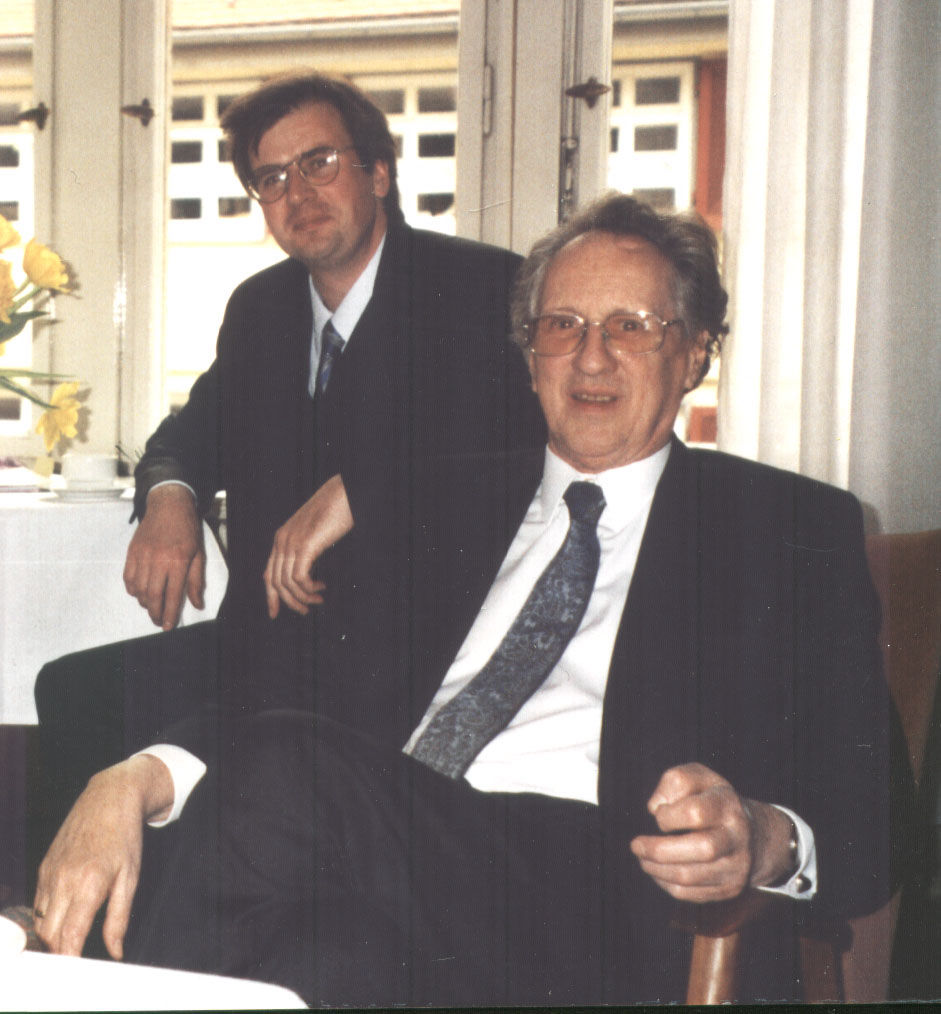
On 1.1.1996 Gunnar Gräff (geb. 1963) took over the leadership from his father. He acquired an important historical heritage entering into the 6 th generation of a successfull family company.
The catalogues, which were regularly published since 1949, are actually printed in editions of several thousand copies and comprise the central themes history, theology, philosophy, arts, literature and Württembergica, each of them containing up
to 4000 titles. These are sent to places all over the world.
Since 1978, Müller & Gräff is represented in an excellent location in Calwer Straße with the pedestrian lane and builds a manifesting stamp on it. The four floored home No 54 was built in a new architectonic style in 1913 and therefore looks impressive and almost monumental. Clients are welcome in the large selling area of the shop. The particular atmosphere is characterised by an interior equipment and furnitures which are safe guarded by memorial. Shop windows and booktables in front of and within the shop as well as a huge round table invite visitors to stay and read.